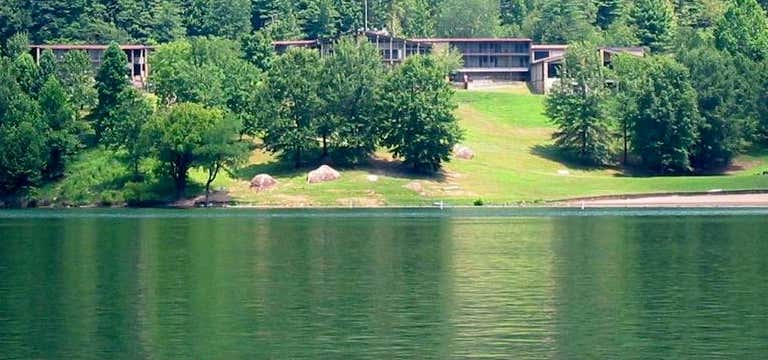Triangle Park Revival Drives Downtown Culture, Economic Opportunity in Hazard
Triangle Park in downtown Hazard has become the focal point for a growing creative placemaking effort centered on the Thursdays on the Triangle summer arts and market series, bringing artists, musicians, farmers and vendors into the heart of the community. A case study by the Mountain Association shows the series helped shift local perceptions of creative work as economic activity, spurred investments in event infrastructure and paid artist opportunities, and fostered collaboration with regional arts organizations.

Triangle Park has long served as a central gathering place in downtown Hazard, and the Thursdays on the Triangle market has amplified the park's role as a driver of downtown activity, tourism and community events. According to a case study by the Mountain Association, the market not only brought together local artists, musicians, farmers and vendors, it helped recast creative work as measurable economic activity and prompted investments that supported the series and the wider downtown economy.
The Mountain Association report highlights concrete outcomes. The series generated demand for event infrastructure and created paid opportunities for artists. It also opened a pathway for collaboration with the Appalachian Arts Alliance. Those developments have translated into a more visible downtown presence, increased foot traffic during market days and a broader narrative about the economic value of creative industries in Perry County.
For local residents the implications are immediate. Vendors and artists who once relied on sporadic sales now have recurring opportunities to reach customers, and small farms and food producers gain a predictable marketplace. The park's prominence also attracts tourists and attention from regional cameras and media, which can boost retail and hospitality businesses downtown. Municipal officials and civic leaders will need to consider how to sustain these gains through public investment and policy.
Institutional partnerships played a key role in the transformation. The Mountain Association and the Appalachian Arts Alliance provided resources, coordination and legitimacy that helped the market scale beyond a seasonal event. That model demonstrates the potential of nonprofit civic organizations to catalyze downtown revitalization in coordination with local government and business interests. It also raises questions about accountability and transparency in how public spaces are programmed and funded, and how the benefits of revitalization are distributed across residents and business owners.
Policy choices ahead will matter. Decisions about park maintenance, event permitting, municipal support for infrastructure and small grants for artists can either entrench the market's gains or slow momentum. Clear reporting on expenditures and outcomes will help residents assess whether public investments produce demonstrable returns in jobs, business activity and cultural opportunities. Equity considerations should guide how vendor slots, promotional resources and paid artist opportunities are allocated to ensure broad participation.
Thursdays on the Triangle offers a case study in how creative placemaking can shape downtown recovery and civic life in Perry County. Sustaining the benefits will require continued collaboration, transparent stewardship of public space and deliberate policy choices that align cultural investment with economic and community goals.


